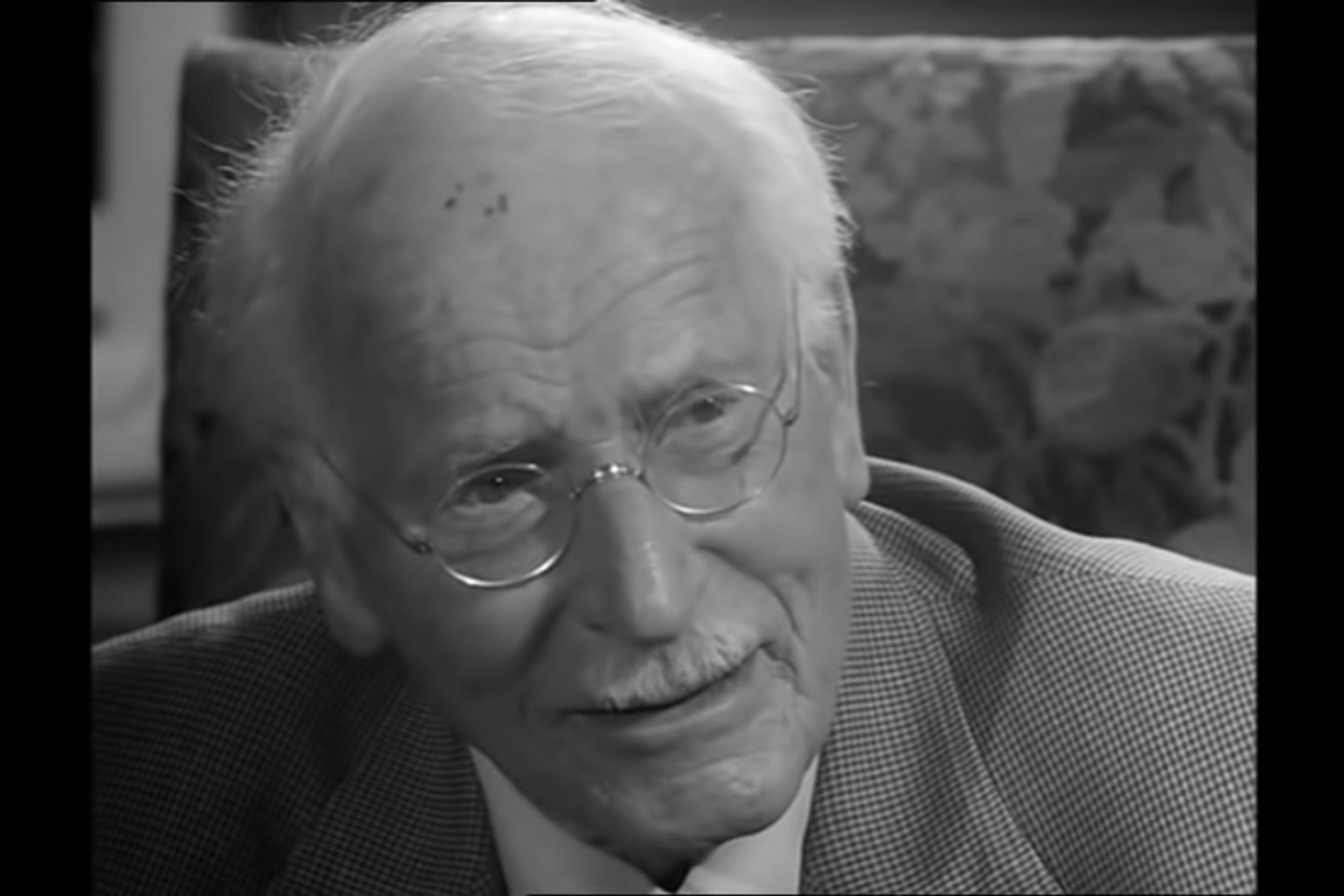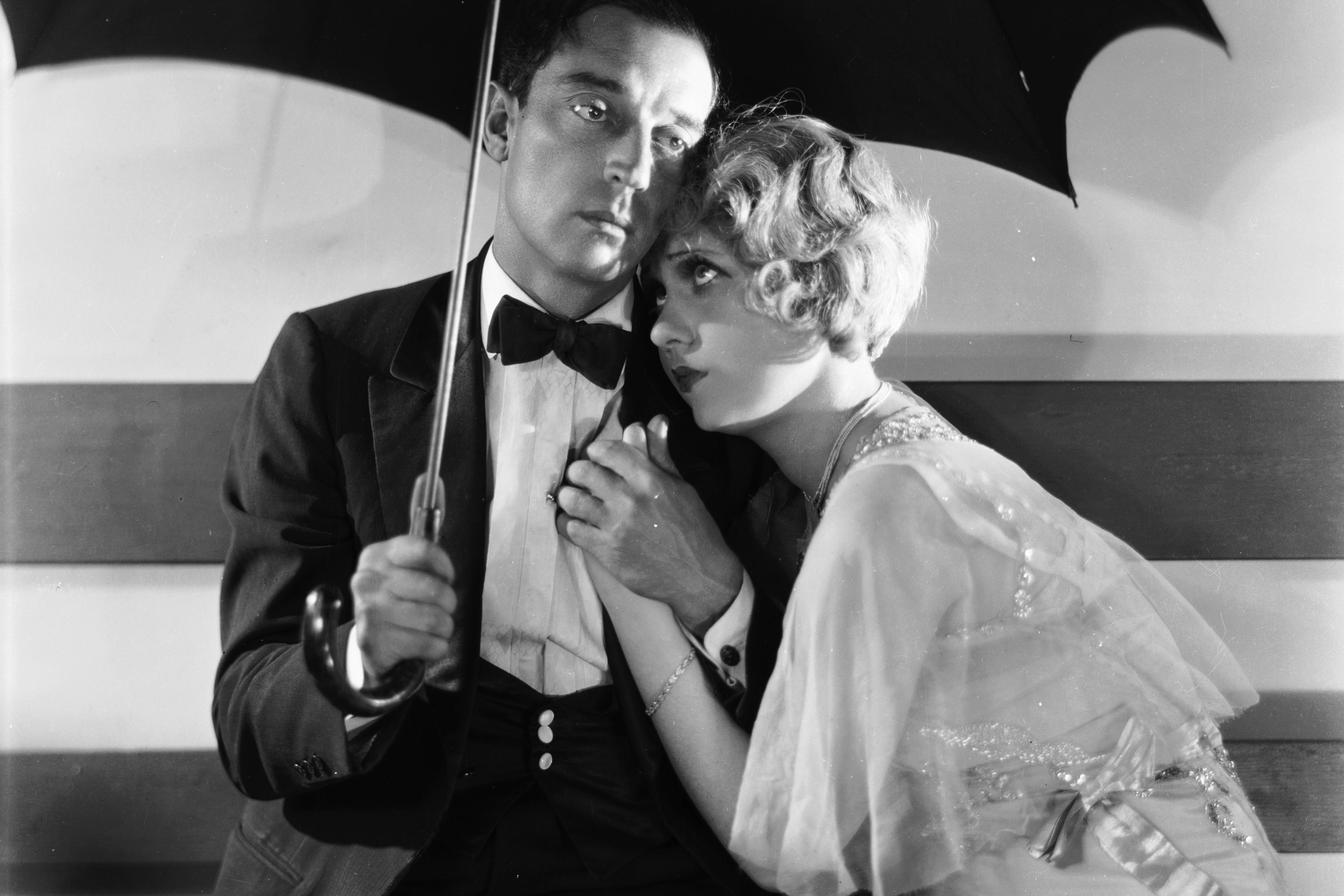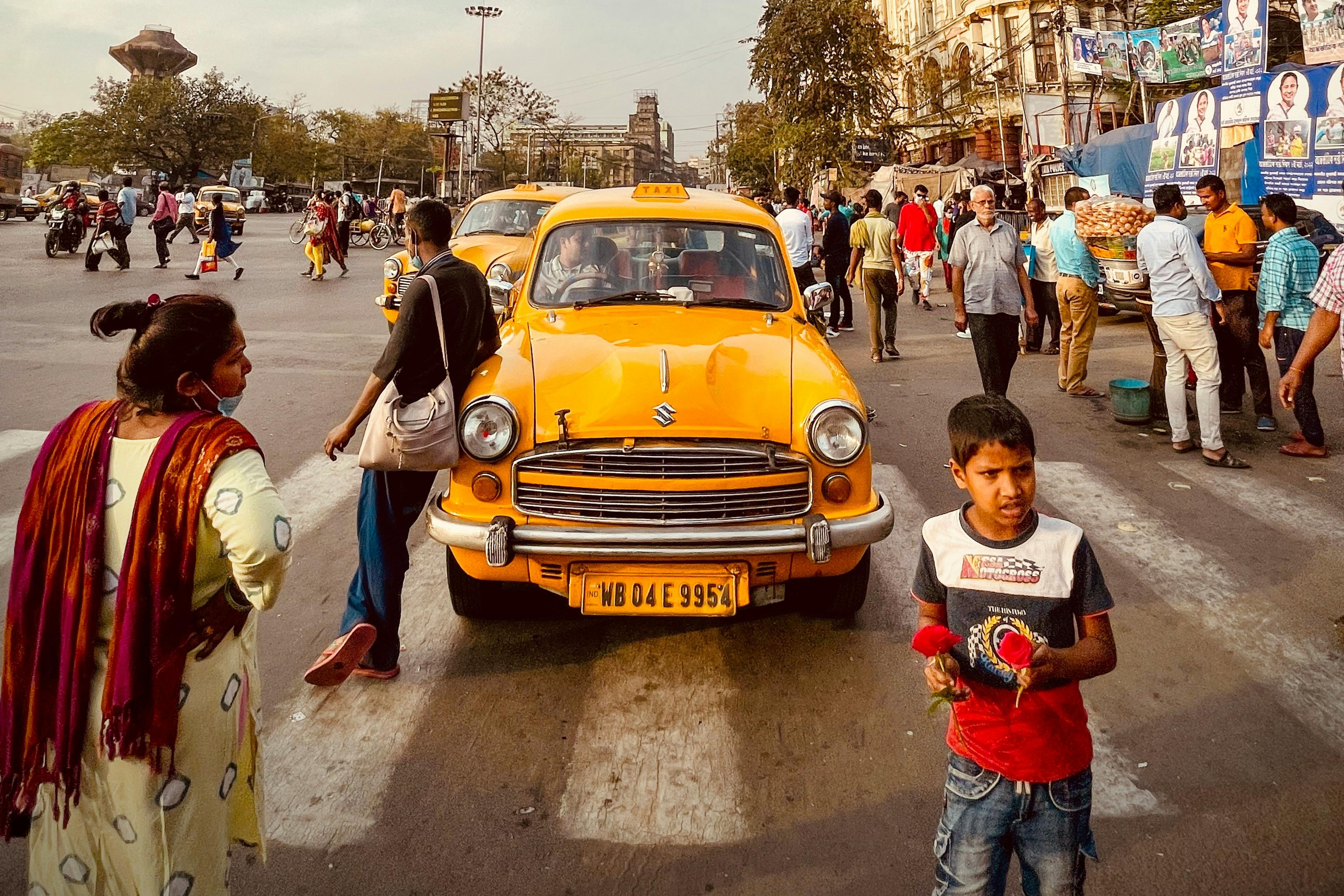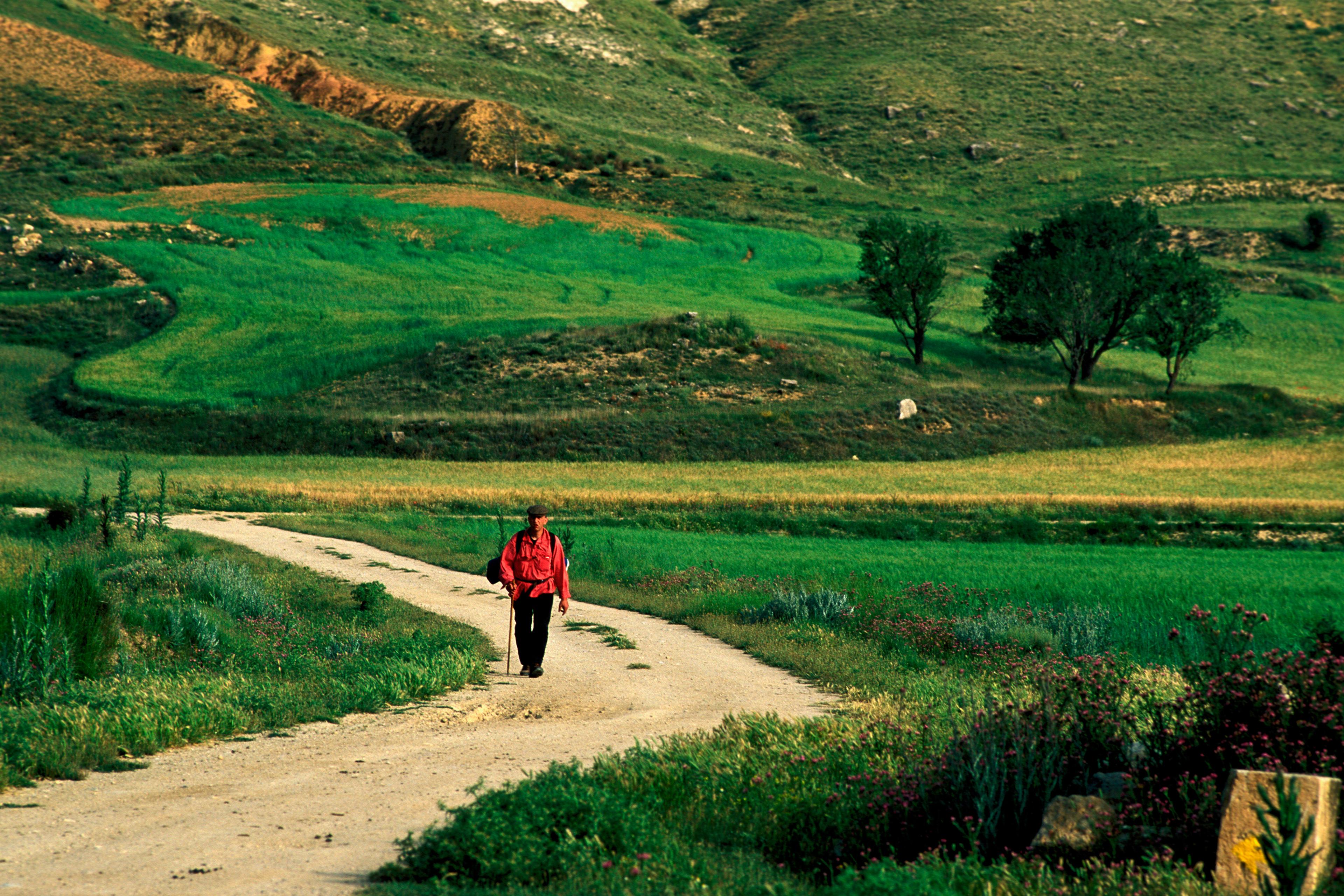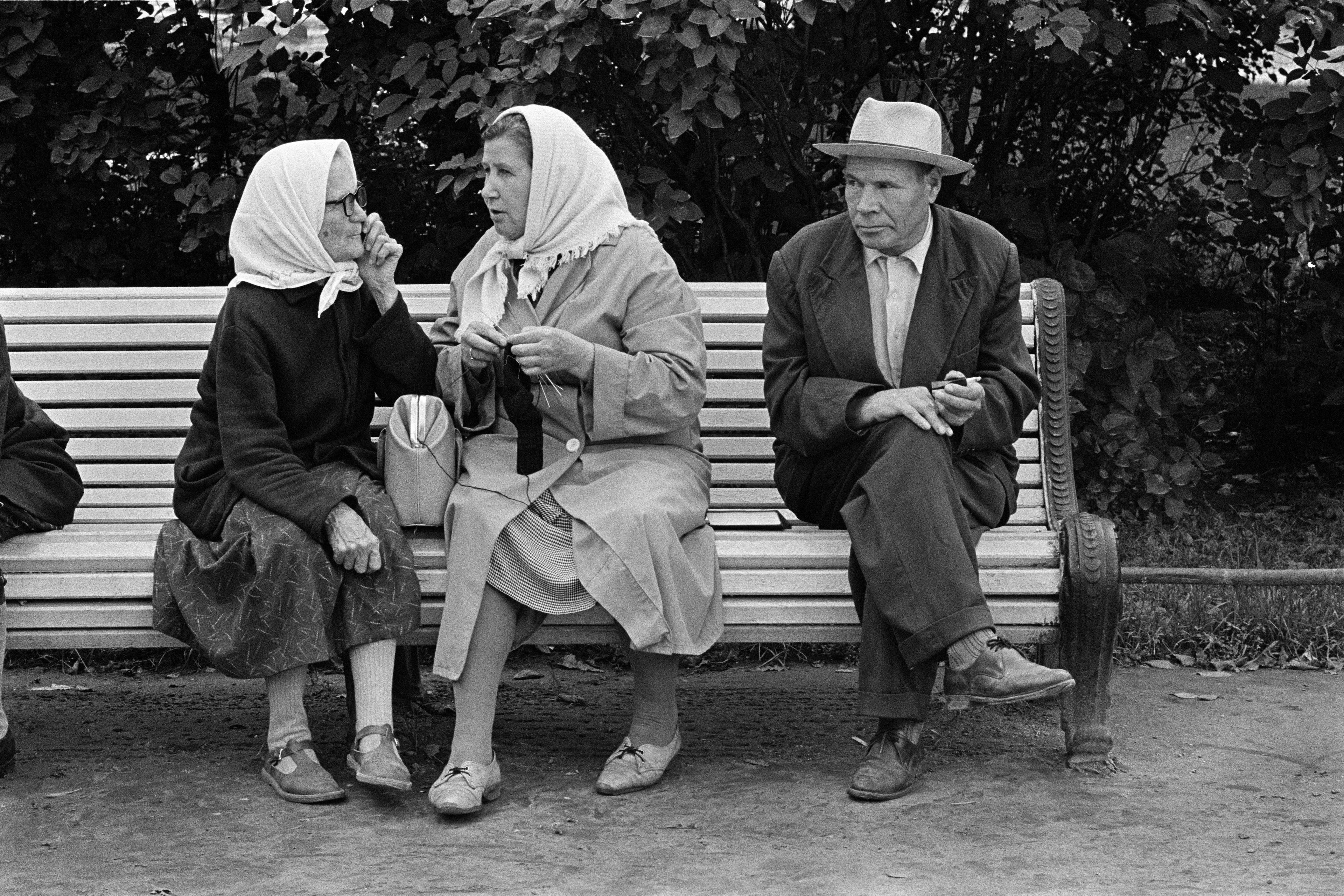The past is vividly alive in the Old Town of Würzburg in Germany. Walking the spindly streets, I felt transported to the medieval days: I could practically see the ruddy burghers going about their business in the shadows of aged church facades.
Often when we engage with things of the past, with the material lives of our forebears, we’re in search of a sense of authenticity. Seeing the actual items that people, long dead, dealt with in their day-to-day lives seems in some way to bring them back: what they’ve left behind invigorates our historical imagination of what their lives were like. The things that populated the lives of expired generations gives us a visceral connection to them, and Würzburg amply provides the material for that sense of intimacy with the vanished past.

Würzburg c1900. Courtesy the Library of Congress
Or so I thought. The same day I so romantically strolled through the Old Town, I learned that it’s not old at all – younger, in fact, than me. The Allies bombed the place to annihilation, destroying 90 per cent of the city (more than Dresden). After the war, the Würzburgers rebuilt the Old Town exactly as it had been, a project not completed until the 1990s. So while it seems that you’re engaging with the world of yesteryear, in fact it’s a reproduction.
And that shattered the connection to the past. But why? Walter Benjamin called the uniqueness of a work of art its aura. An identical poster of The Scream (1893), even if arranged the same way as the original, will resonate far less if the viewer knows that Edvard Munch’s brush never touched it. Its aura is gone. So, upon learning of its recency, the aura of Würzburg’s Old Town dissolved – and I was left instead with a sense of falsity, nothing but an unsettling replica of authenticity.





